Types of Waves Every Beginner Should Know About
Not every wave is good for newbies, so it is crucial to know the types of waves before you go out to surf at the top surf spots in Taghazout Bay. Learning to identify and ride different kinds of waves is a big part of your initial surfing instruction at Surf and Friends.
7 Types of Waves Every Surfer Should Know About
Beach Breaks
The majority of surfers like these waves, which break over sand. Alterations to the seabed and variations in sand quality can cause waves to alter in both form and quality.
Also Read: 10 Tips to Improve Your Surfing
A sandbank might be there for months or it could vanish in an instant. Depending on things like the time of day, the eaves could appear long and delicate or hollow and strong.
Crumbly Waves
These waves are easy to identify since they are not too steep, not too rapid, not hollow, and they crash gently; they are also called mushy waves. The incredibly subtle bottom outlines are to blame for these waves. Because of their lack of strength and power, they are ideal for novice surfers or those looking to hone their skills. Furthermore, they can be seen virtually anywhere.
Point Breaks
Next to a headlock, a point break develops. Sand or rock, is the usual surface it breaks on. Compared to beach or reed breaks, the peeling time of these waves is very lengthy. Legend has it that these waves are great for first-timers and offer endless entertainment.
We are located in Taghazout Bay, home to some of the world’s most famous point breaks. Take a look at our surf and yoga lesson by Surf and Friends, designed for beginners and above, if you want to feel the thrill of riding these breathtaking point breaks. Contact us today to find the perfect beach in Morocco for you.
Reef Brakes
The waves crash against the pebble beach below. Even though the seabed doesn’t move, the line-up does, as the wave size and direction dictate. A clean waterway awaits you as you paddle out.
Only skilled surfers should attempt to ride reef banks. For newcomers, they pose a risk.
Reform Waves
The bottom’s fluctuating depth causes this erratic wave to die down when it hits deep water, only to reform or break again.
The general consensus is that these will work for any kind of surfer. Surfers with experience can get a good kick out of the waves before they go too deep, while others just starting out can ride the inside reform waves.
River Mouth Waves
Although they are incredibly rare, surfers of all stripes adore these waves. These formations resemble point breaks in that they occur when waves neatly and predictably rip off sandbars caused by water deposits.
Also Read: Thinking of Surfing? What’s the Learning Time?
Square Waves
When two waves collide, they create this new wave. The end effect is a massive and extremely powerful wave.
In particular, as they start to break, these waves are extremely hollow and deadly. Only those with extensive training and expertise should attempt them.
Aside from this, you ought to be capable of determining the direction of a wave. From the perspective of the surfer, a wave that peels or breaks to the left is called a left-hand wave.
Here at Surf and Friends, we’ll fill you in on the various wave types at the most famous surf spots in Taghazout Bay and help you choose the one that’s best for you. For additional information, contact us today.




